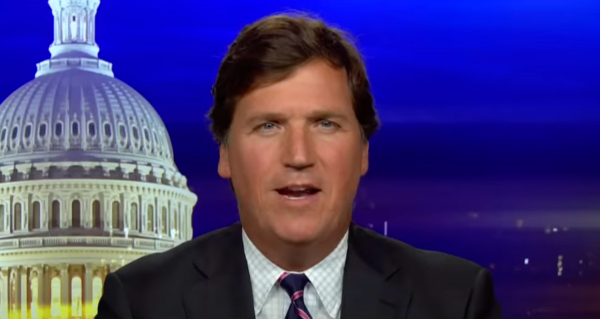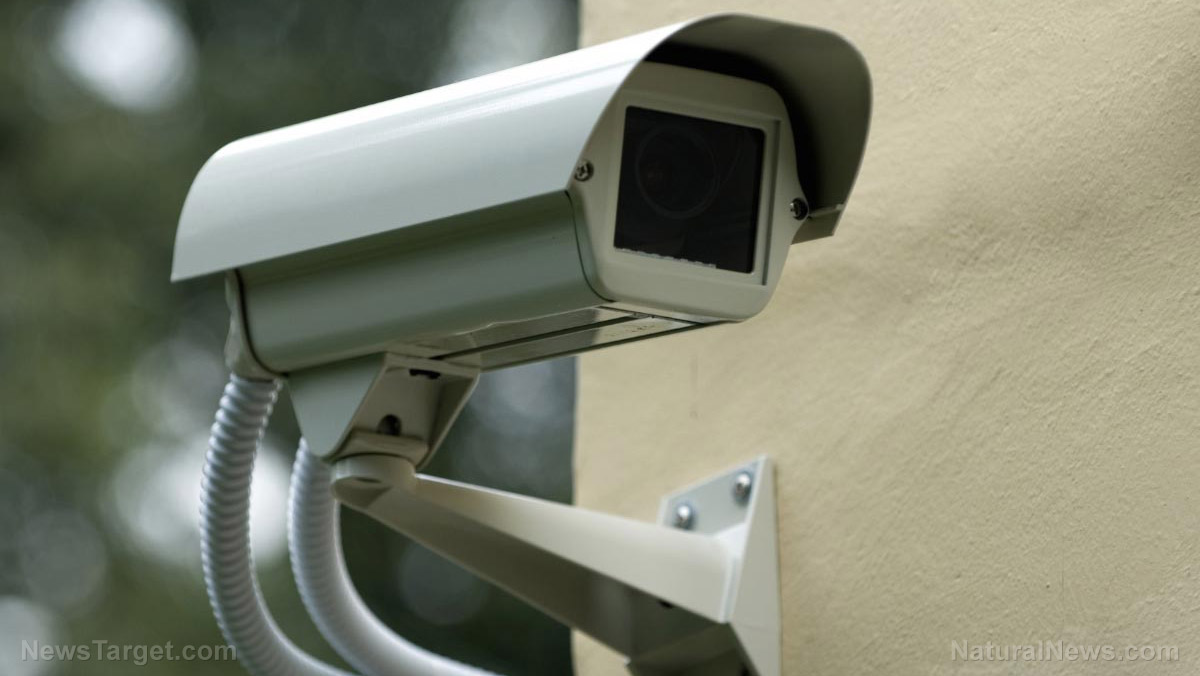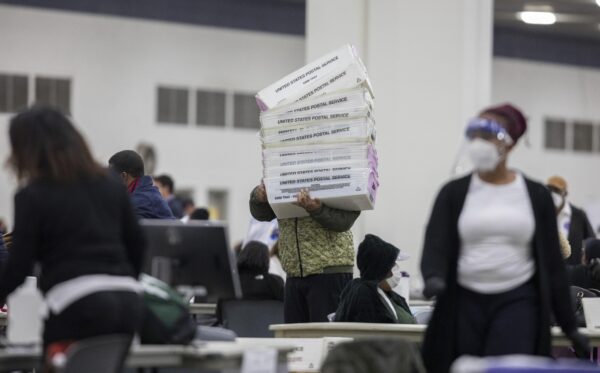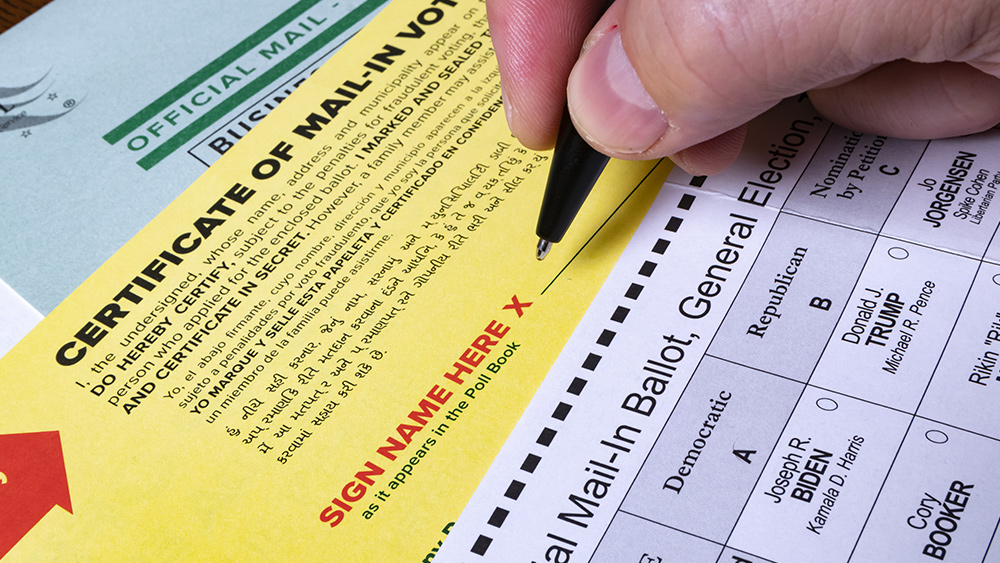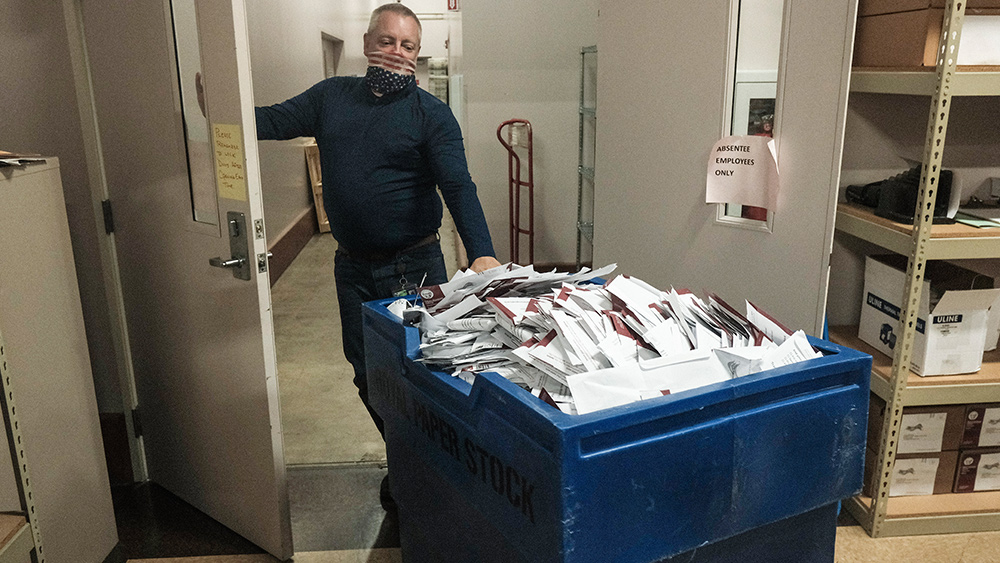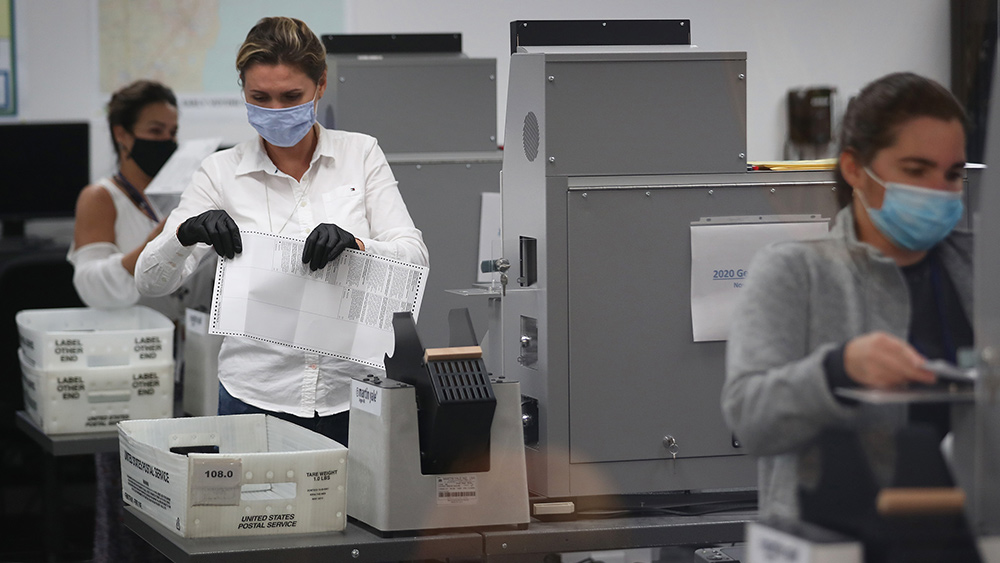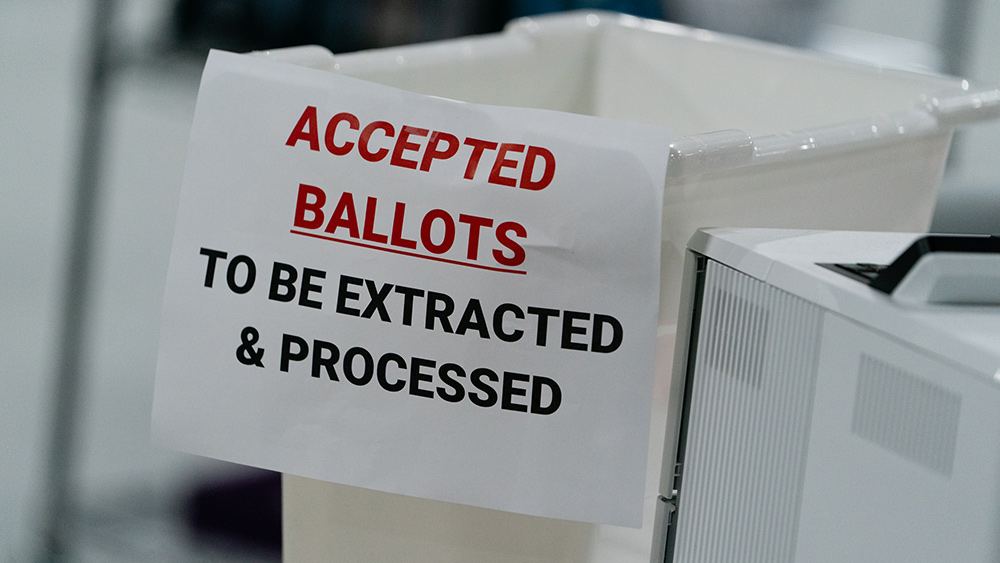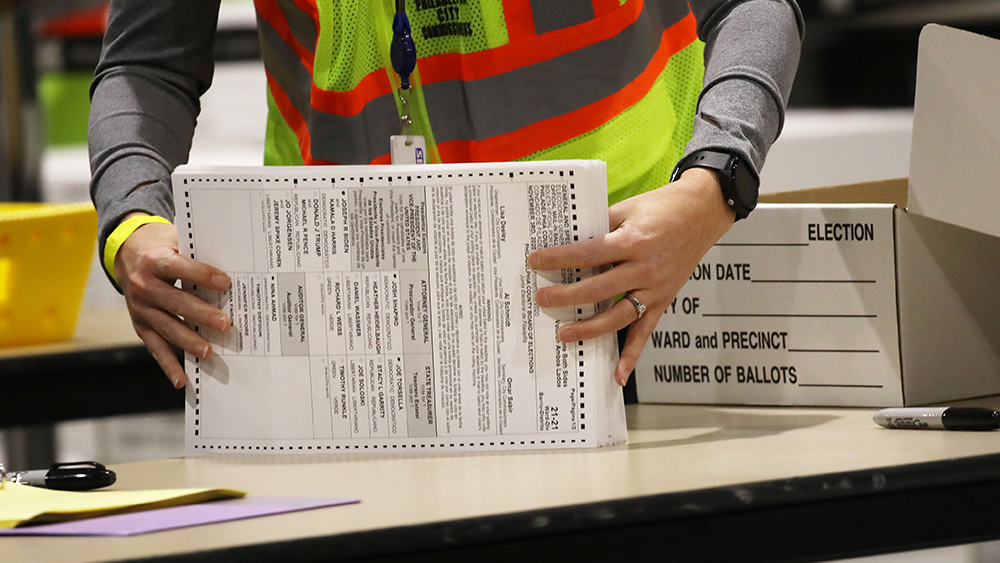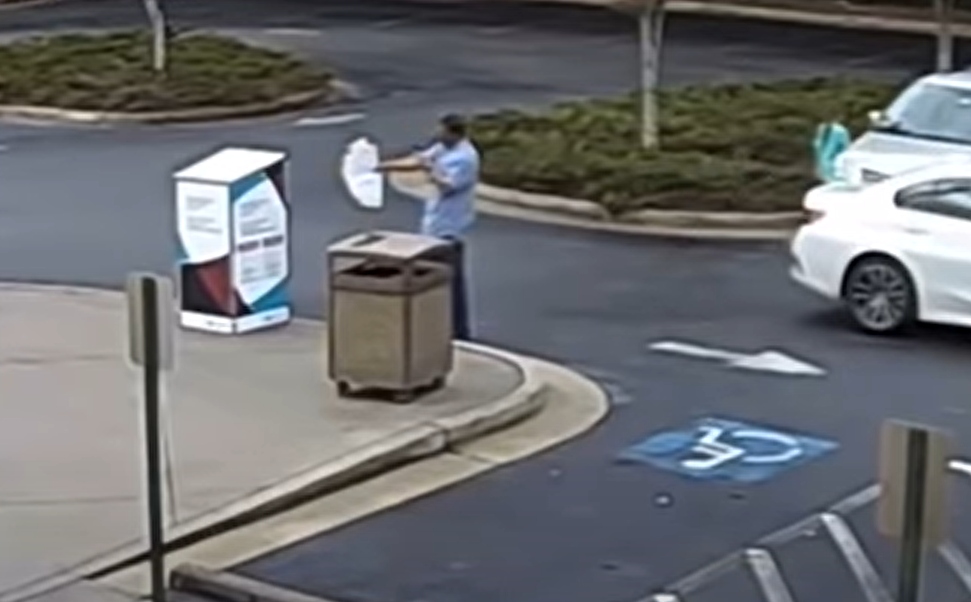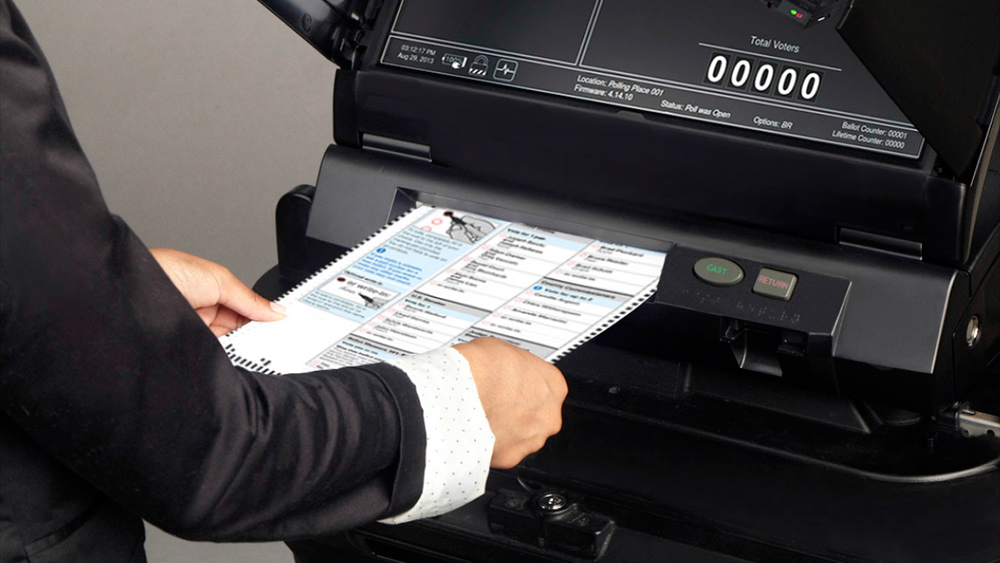Rolling blackouts demonstrate why California’s “green” power grid is the worst in the country
08/19/2020 / By Franz Walker

Over a million California residents suffered power blackouts last Friday evening. High temperatures caused consumer demand to exceed the available power, which forced California utility companies to implement rotating outages to reduce demand.
The rolling blackouts highlight the poor state of California’s power grid, widely considered the worse in the nation; a grid whose reliability may have been further compromised by the green energy policies pursued by the state.
“Green energy” not enough to supplant traditional energy sources during heatwave
On August 14, Friday, at around 6:30 p.m., Pacific Gas and Electric, the state’s largest utility, began shutting off power in rolling outages to force a reduction in demand. In addition, South California Edison also instituted blackouts, starting just before 7:00 p.m.
In the wake of the blackouts, the California Independent System Operator (CAISO), the non-profit that oversees the operation of California’s bulk electric power system, declared a Stage 3 Electrical Emergency, the first since 2001. As a result, spot power electricity prices soared to over $1,000 per megawatt-hour, more than 10 times the usual price.
Part of the reason for the increased demand during the heatwave is because of the high number of households using solar power. Data from 2018 shows that at least 19 percent of California’s power came from roof-top and utility-scale solar installations, the highest percentage in the country. By 6:30 p.m. each day, however, that solar output plunges down to zero, while the demand for electricity – fueled by the need to run air conditioners during the heatwave – does not.
The state currently does not have enough reliable generation capacity to supply run the air conditioners during hot summer evenings when solar power isn’t available.
California’s power system is the least reliable power system in America. According to data by Eaton Corporation, the state leads the country in power outages every year, with more than double that of the next highest state, Texas, over the last decade. (Related: If green energy is so amazing, why is California’s power grid about to crater?)
The situation is being made worse, however, by the state’s efforts to reduce its greenhouse gas emissions. Since the state established its Emissions Performance Standard in 2006, 11 coal-fired plants have been closed with an addition 3 converted to biomass fuel. In addition, the state has also slashed imports of electricity generated from coal plans while also slowly phasing out its nuclear power plants and shuttering gas-fired plants as well.
The problems California is facing with its power supply will likely get worse. In September of 2018, then Gov. Jerry Brown signed a bill committing the state to obtain 100 percent of its electricity from “clean energy” sources by 2045. This means that grid reliability will continue to erode as the state phases out coal, nuclear and natural gas generators.
Further outages halted, but for how long?
For now, power conservation efforts seemed to have staved off any further blackouts in California. At around 2:00 p.m. on Tuesday, CAISO declared a Stage 2 power emergency and urged residents to conserve energy as much as possible.
Tuesday represented the second day in a row that homes, businesses and government agencies banded together to sharply curtail their electricity use. This helped prevent what would have been the third round of rolling blackouts since the heatwave started on Friday.
“It was stunning,” CAISO CEO Steve Berberich said of Monday’s conservation efforts.
Tuesday’s efforts, however, were bolstered by a boost in wind energy production which helped prevent the state from reaching a Stage 3 emergency, which would have started the rolling blackouts.
For his part, Berberich has resisted suggestions that the switch to renewable energy is to blame for the shortages. In fact, he’s stated that California should invest in even more clean power. The latter includes large numbers of batteries that could store solar power for use when the sun isn’t shining.
“We need to be more thoughtful about what the grid looks like now,” Berberich said. “The grid looks very differently than it looked 10 years ago.”
California’s utilities commission already has rules in place to account for the fact that solar production declines in the evening. In light of the current crisis, however, officials are now looking at adjusting the regulations further. Commissioners have also ordered 3,300 megawatts of new power to support the state’s grid, however, this will not be available until next year.
Meanwhile, a spokeswoman for the commission has confirmed that the agency is still trying to understand how the recent shortage happened.
In addition, others are also pointing to how the heatwave is affecting other states. The increase in demand in other states has prevented California from relying on out-of-state power to close its energy shortfall.
According to the National Weather Service, the heatwave may begin to abate on Wednesday with significantly lower temperatures expected for Thursday. This should lower demand and free up more power for the grid, for now.
Follow Electricity.news for more on the current and future blackouts that California may be facing.
Sources include:
Submit a correction >>
Tagged Under:
blackout, California, coal power, Collapse, electricity, environment, green energy, infrastructure, power, power grid, Power Outage, rolling blackouts, rotating outages, solar power, wind power
This article may contain statements that reflect the opinion of the author
RECENT NEWS & ARTICLES
Trump.News is a fact-based public education website published by Trump News Features, LLC.
All content copyright © 2018 by Trump News Features, LLC.
Contact Us with Tips or Corrections
All trademarks, registered trademarks and servicemarks mentioned on this site are the property of their respective owners.


